In today’s rapidly evolving logistics landscape, there has been a surge in the desire for streamlined pickup and delivery services. Furthermore, as we enter 2024, the importance of seamless, technology-driven solutions is becoming increasingly evident. As an entrepreneur, if you are aiming to seize opportunities in this domain, this is the perfect time. However, it is crucial to understand the process of developing an on-demand pickup and delivery app and its related costs before investing your resources.
This blog post will explore the steps of developing an efficient pickup and delivery app. You can also get insights into anticipated expenses involved in embarking on this app development journey. So, let us get started!
How Can You Develop Your On-Demand Delivery App?
Here are some simple steps to help you effortlessly create your on-demand pickup and delivery app and make it stand out from the rest:
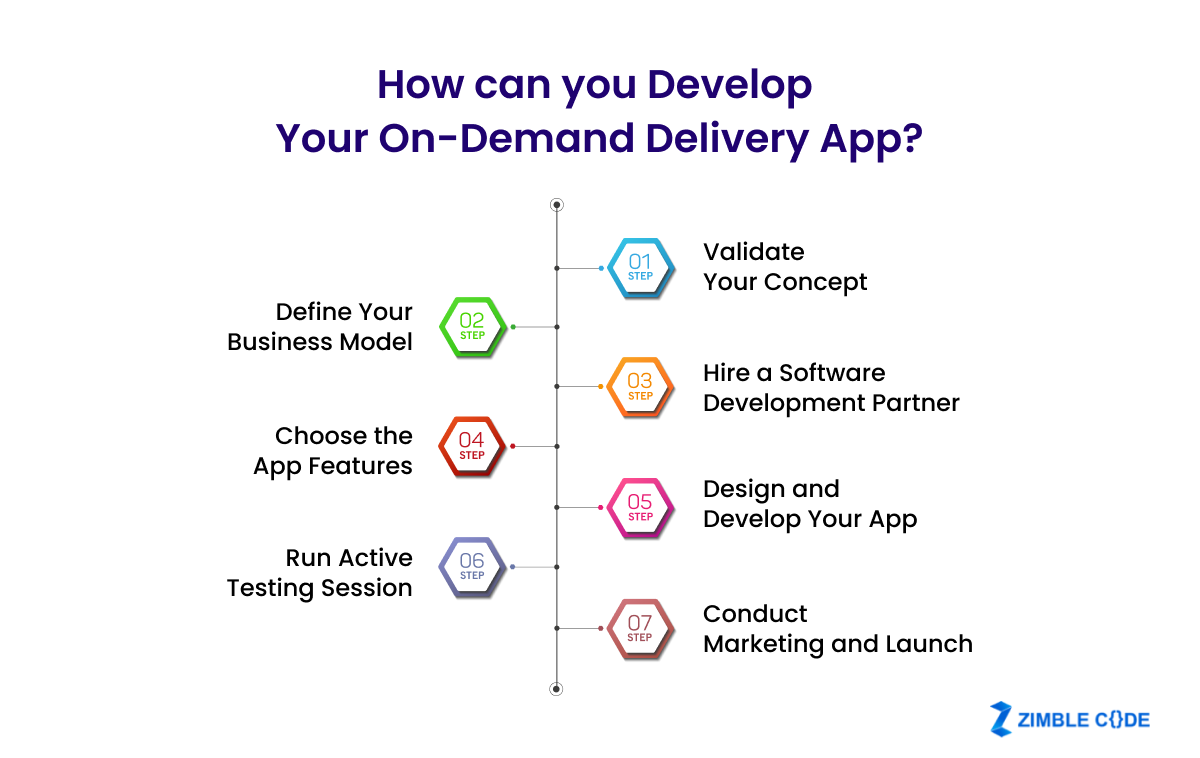
Step 1: Validate Your Concept
Before initiating any development, conduct thorough market research. You must recognize the challenge of competing with the giants. It will allow you to understand the thriving opportunities for success. Based on this information, you can decide to develop a delivery mobile app for your existing specialty businesses. It will allow you to expand your business while meeting customer demands.
Step 2: Define Your Business Model
Food delivery apps operate on various business models, each with its own monetization strategies:
- Delivery Services: It facilitates deliveries between restaurants and customers and charges establishments to use your platform. In this model, you can retain a portion of each order as a commission.
- Third-Party Facilitation: You must connect restaurants and customers with third parties handling deliveries. Your app will serve as a service provider without directly engaging in delivery.
- Direct Delivery: Restaurants or stores have mobile apps for internal order fulfillment, charging customers directly.
The first two models generate revenue by charging restaurants for deliveries, taking a percentage of sales, or offering premium subscriptions. The third model involves direct customer charges and may include delivery fees.
Step 3: Hire a Software Development Partner
You can assemble your team, collaborate with freelancers, or seek a reputable on-demand pickup & delivery app development company. Typically, outsourcing development to a reliable partner proves to be the most efficient choice. It is often more cost-effective than maintaining an in-house team and more reliable than working with freelancers. Regardless of whom you choose to hire, carefully review their portfolio and assess their experience with projects similar to yours.
Step 4: Choose the App Features
While all delivery apps share some common features, you can tailor yours to suit your specific business model. Select features that align with the primary objective of your app. For instance, if you are developing a restaurant delivery service, prioritize a menu system to showcase food items. You can also consult professionals to determine which features best suit your app.
Step 5: Design and Develop Your App
The development and design phases will vary based on your chosen approach. You can share your ideas and adjust as needed while the team handles the rest. Once the design is finalized, the development of your delivery app will begin.
Step 6: Run Active Testing Session
Before launching your app, thorough testing is essential. This step is critical to ensure your app functions seamlessly across various devices and platforms. To identify and resolve, you can conduct tests on iOS, Android, tablets, and web browsers. This cross-compatibility assessment is crucial to deliver a smooth experience to all users, regardless of the chosen device.
Step 7: Conduct Marketing and Launch
Launching your app on the Apple App Store and Google Play Store increases visibility. Furthermore, you can utilize marketing strategies to drive downloads. Promote your app through your website, in-store flyers, email marketing, and social media campaigns. Make sure you generate interest before the launch to ensure a substantial user base.
Technology Stack for Building a Pickup & Delivery App
To develop a successful on-demand pickup delivery app, it is essential to have a seamless backend, an engaging frontend, and efficient data management. You can deliver a seamless experience with the right technology stack. Here are several technologies that can aid in creating a food pickup and delivery application for your business:
- Programming Language: React Native, Flutter, Kotlin, Java
- Backend Development: Node.js, Express.js, MongoDB, Nginx, Sockets
- Frontend Development: ReactJs and Material UI
- Third-party APIs: Twilio SMS, Google Maps
- User Registration: Google Sign-In, Facebook Login SDK
- Payment Integration: Stripe, Square, PayPal, Google Wallet, WePay
- Restaurant Listing: Foursquare API, Grubhub API, Yelp Fusion API
- Analytics: Google Analytics, Localytics, Apple Analytics
- Mapping and Locations: Google Maps, OpenStreetMap, Mapbox, Mapkit JS
By integrating these technologies, an experienced pickup and delivery app development company can craft an application tailored to your business requirements.
How Much Will It Cost To Develop A Pickup And Delivery App?
The expenses associated with app development can fluctuate based on numerous factors, including its features, intricacy, design, and the development team. However, you can get an average cost range based on the different stages of development:
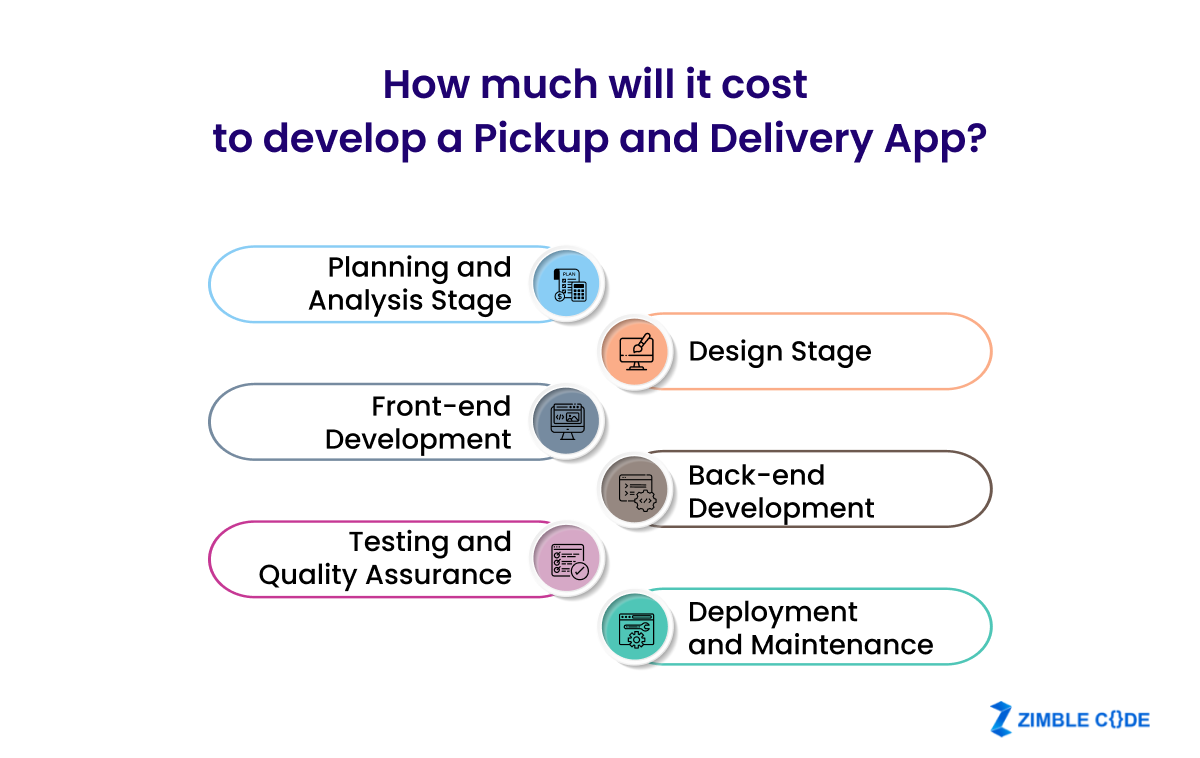
- Planning and Analysis Stage: This phase entails market analysis, target audience identification, and formulating a business plan and app requirements. Typically lasting 1-2 weeks, this stage may cost between $1,000 to $5,000.
- Design Stage: This stage involves creating wireframes, prototypes, and visual designs, costing around $5,000 to $15,000. It depends on design complexity and the expertise of the design team.
- Front-end Development: This step focuses on coding the app’s user interface. This phase’s costs vary from $10,000 to $30,000, contingent upon design complexity and the development team’s proficiency.
- Back-end Development: The usual cost of constructing server-side components like databases, APIs, and server infrastructure ranges from $20,000 to $50,000. It is entirely based on infrastructure complexity and the development team’s experience.
- Testing and Quality Assurance: This stage costs can range from $5,000 to $15,000. However, the cost depends on the extent of testing required and the quality assurance team’s expertise.
- Deployment and Maintenance: The process of app store launches and ongoing updates and maintenance can cost you $10,000 to $20,000. The frequency of updates and maintenance entirely influences it.
On average, the total cost of developing a pickup and delivery app can thus range from $51,000 to $135,000. However, it is essential to note that these figures serve as estimates for pickup and delivery app development in Brisbane, Australia.
Conclusion
Creating a pickup and delivery app necessitates an efficient and clean coding strategy, along with optimal resource utilization. Often, business owners encounter pitfalls in the initial development stages.
Therefore, you must hire a reliable on-demand pickup & delivery app development company like ZimbleCode. They prioritize understanding your business requirements and delivering tailored digital solutions that are customizable, robust, scalable, and cost-effective. To learn more, schedule a call with professional experts today!
Frequently Asked Questions (FAQs)
Q1. How much time is required to develop a pickup and delivery app?
The development duration for a pickup and delivery app typically varies based on the desired features and functionalities, usually spanning between 4 to 10 weeks.
Q2. Why should I ensure user data security in my pickup and delivery app?
Ensuring the security of user data in your pickup and delivery app is crucial for maintaining trust and compliance with privacy regulations.
Q3. Can I integrate third-party services into my pickup and delivery app?
Yes! Integrating third-party services, such as payment gateways and mapping APIs, into a pickup and delivery app is feasible and frequently practiced.

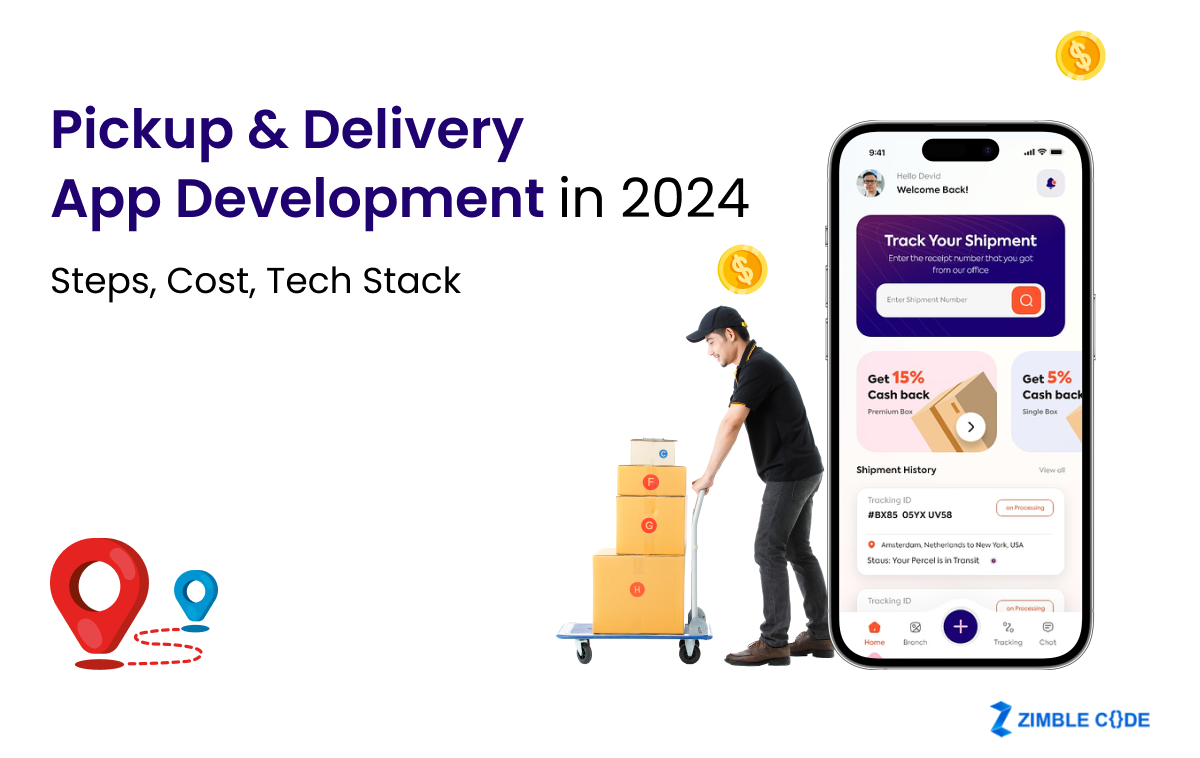
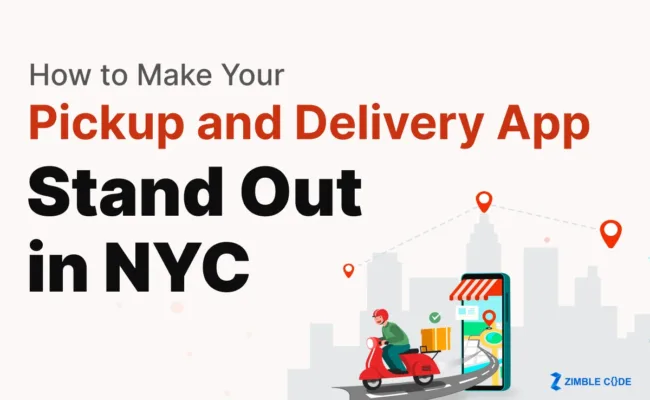
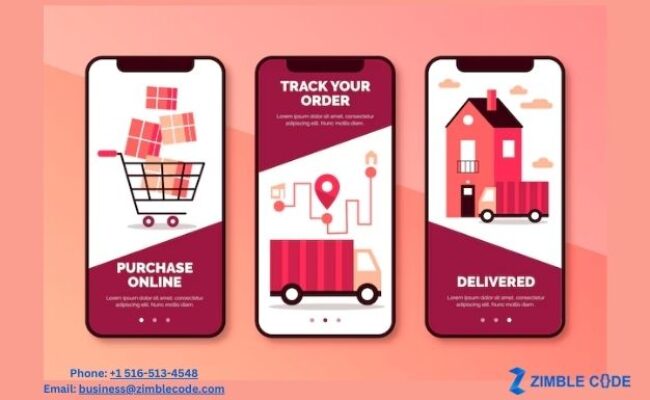
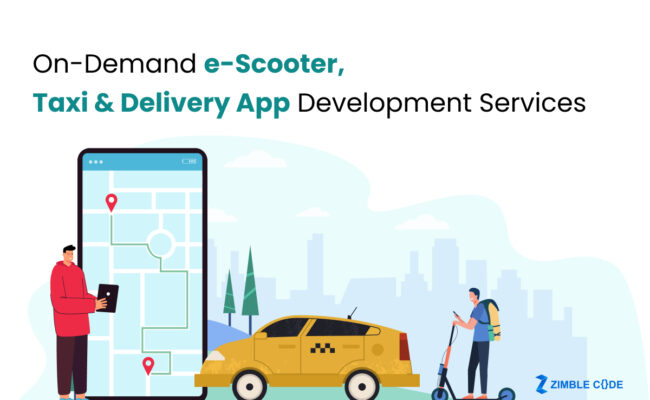
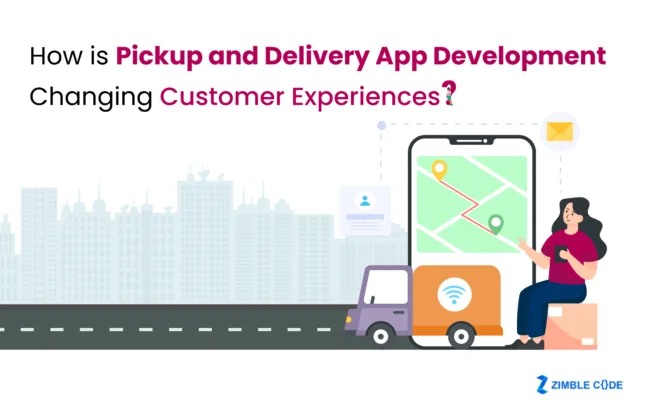
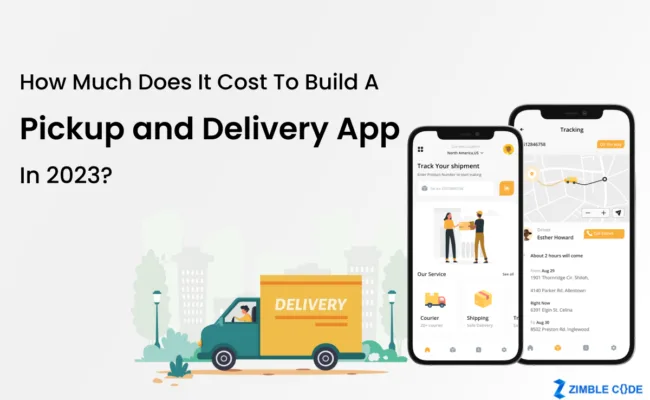

Leave A Comment